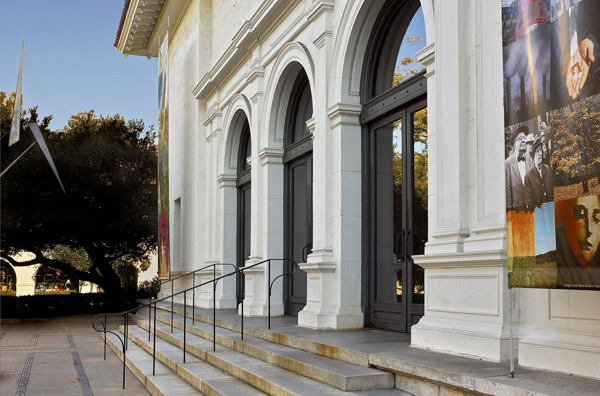Sarcophagus
Sarcophagus
Date270-300 CE
Mediummarble
Dimensionsobject: 20 1/2 x 85 x 24 in. (52.1 x 215.9 x 61 cm)
ClassificationSCULPTURE
Credit LineSBMA, Museum Purchase, Ludington Deaccessioning Fund
Object number2009.1.2
Subject(s)
- mythology
- nudes
- animal
- horse
- cat
- boys
- men
- nudes
Collection
- Antiquity
Sub-Collection(s)
- Roman
On View
Not on viewCollections
Label TextThe term sarcophagus comes from the Greek sarx meaning “flesh” and phagein meaning “to eat” and refers to a belief that the limestone used in some sarcophagi decomposed the flesh of the bodies within. The Romans began burying their dead in sarcophagi around the second century CE and their sarcophagi are often covered in relief sculpture. This Italic sarcophagus, so-called because it is decorated on three sides rather than four like Asiatic sarcophagi, is no exception. On each short end is a rider on horseback and on the corners of the long side are putti. Framed between two columns and a “strigilated” pattern (the S-curve relief that looks like it was executed with a strigil or ancient scraping device for athletes) are two nude male figures, most likely the twin brothers Castor and Pollux (the Dioscuri) making a sacrifice to Persephone although they have also been identified as the good friends Orestes and Pylades.
India, Rajasthan, Mewar
ca. 1720









































